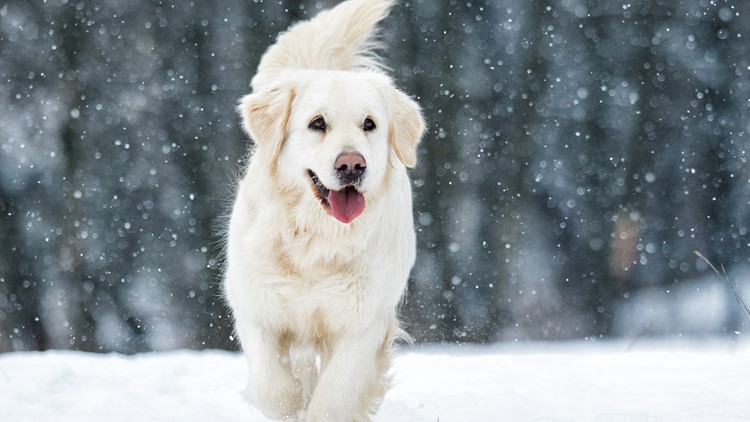COLUMBUS, Ohio — The rule of thumb is this: If you’re cold, your pets are typically also.
Pets’ cold tolerance can vary based on their coat, body fat, health and activity level.
When temperatures are low, it’s best to limit time outdoors and shorten your dog’s walks. Elderly pets may have a harder time walking on snow and ice.
Salt, ice and snow can get stuck between your pet’s paws or even their stomach during a walk. A quick wipe-down will remove any deicers, antifreeze, or other chemicals that could be toxic or cause harm.
According to The Ohio State University College of Veterinary Medicine, frostbite is harder to notice in pets than humans. Check your pet’s paws for any cracks, discoloration, swelling or blisters on the paws or skin.
You can protect your furry friends from the elements with jackets and boots.
See a veterinarian immediately if your pet shows any sign of discomfort or frostbite.
🌦️ Doppler 10 Weather Resources
Weather Resources: Interactive Radar | Watches & Warnings | Closings & Delays



